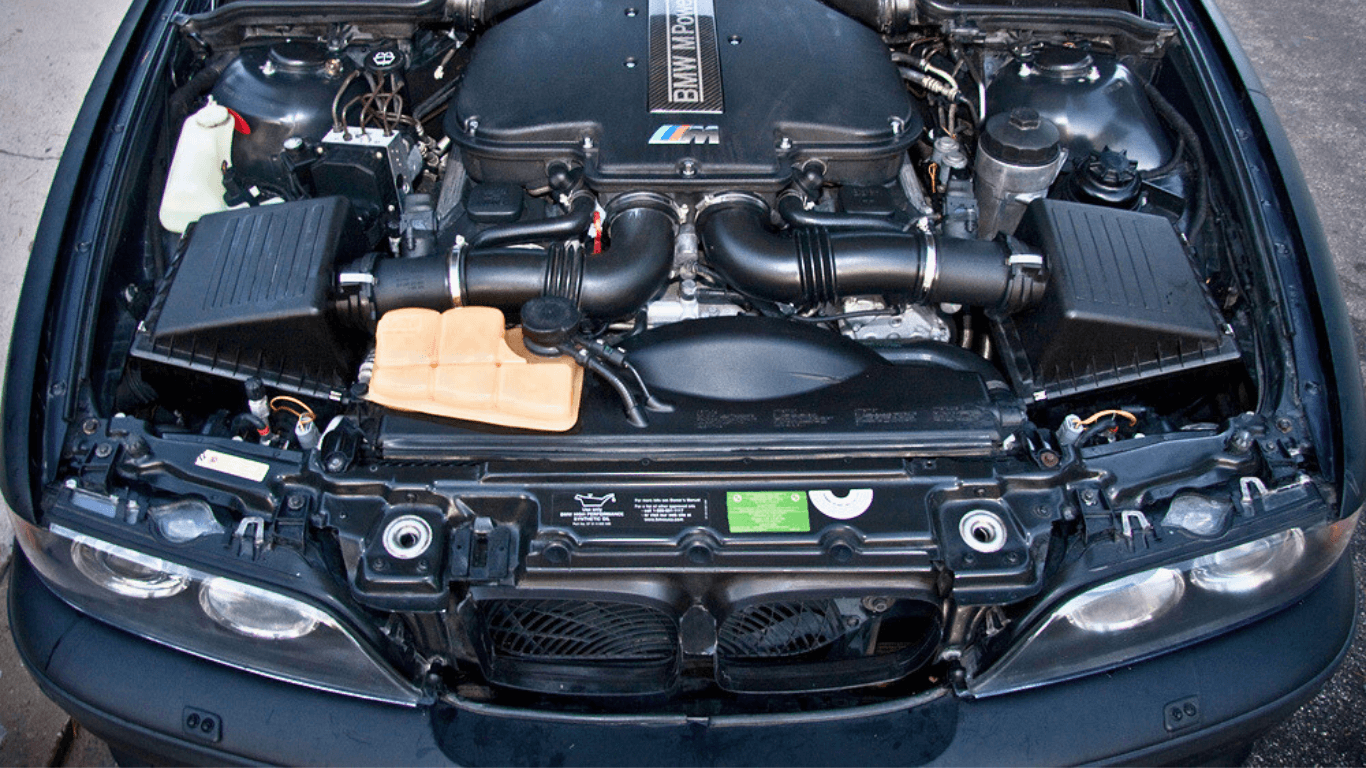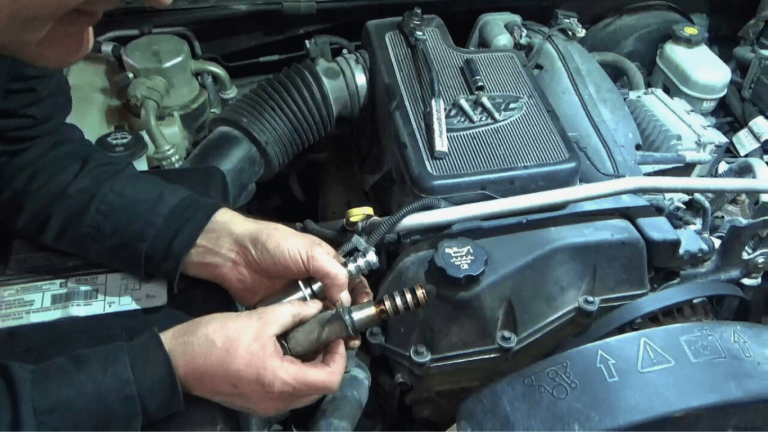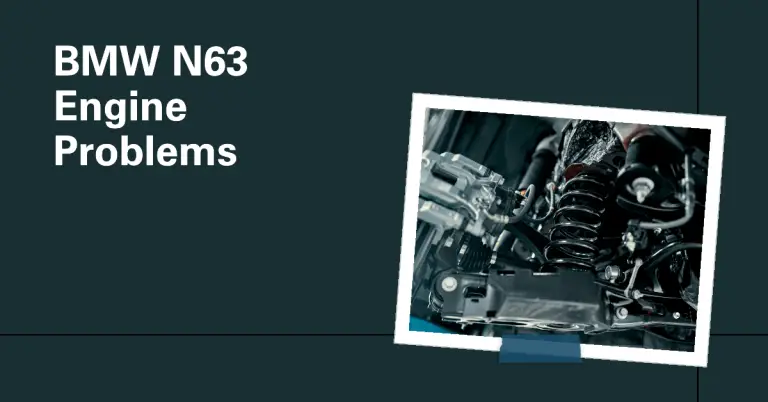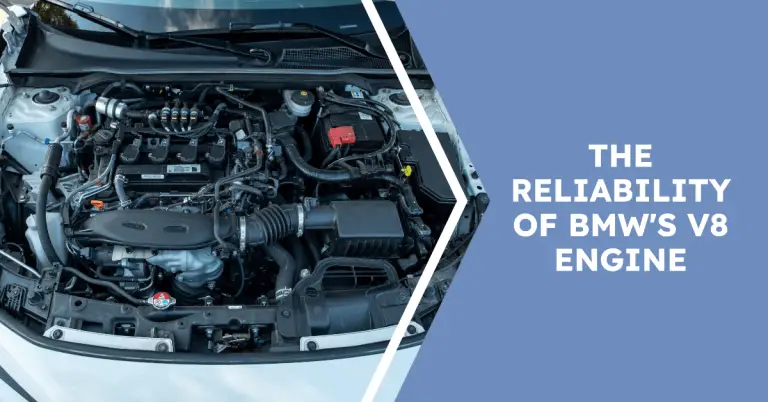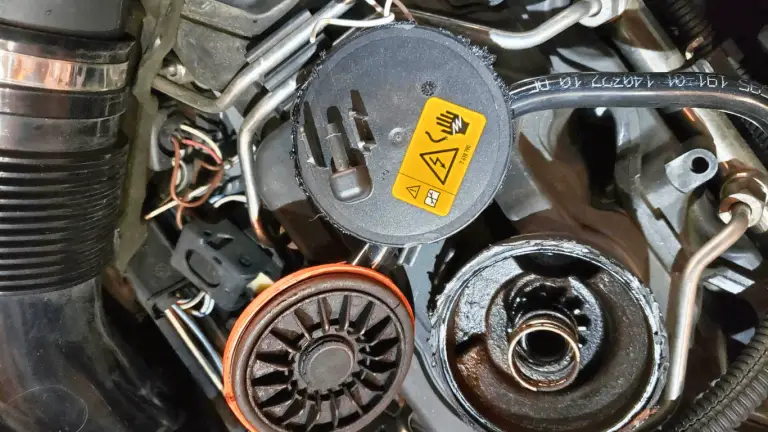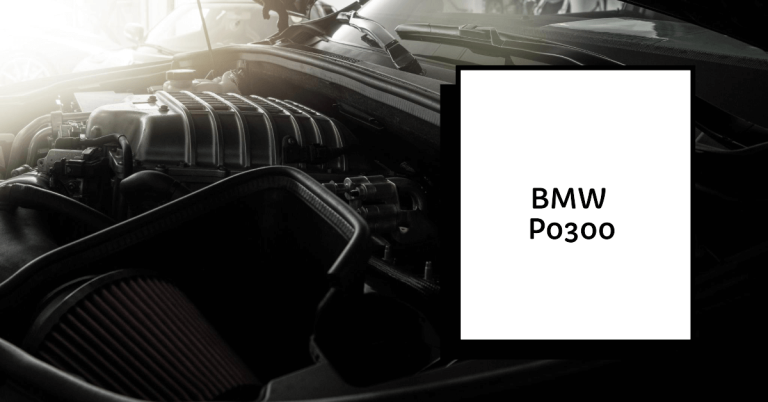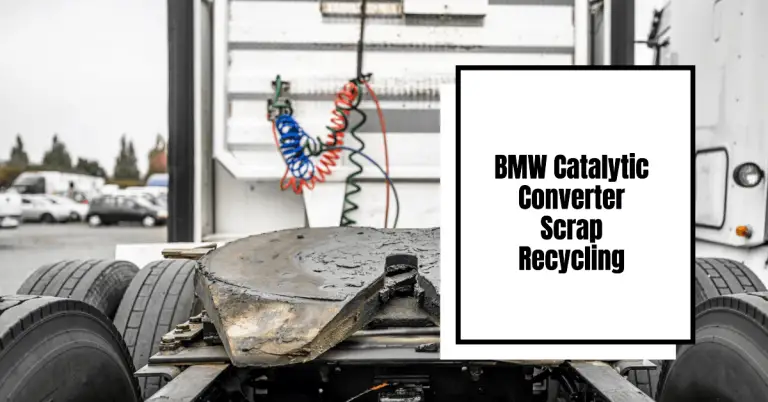BMW S62 V8 Engine – Common Problems and Repairs
Do you own a BMW powered by the S62 V8 engine? Are you worried about reliability or running into expensive repairs? If so, this 2500+ word guide will walk you through the most common BMW S62 engine problems, symptoms, and how to properly maintain or repair them.
The BMW S62 is a high performance naturally aspirated V8 petrol engine that was used in BMW M models between 1995 and 2005, including the E39 M5, Z8 roadster, and E46 M3.
While these hand-built motors generated immense power and could rev to 8,000 rpm, the complex design of the S62 did have some problem areas that could lead to premature failure if not maintained proactively.
So how reliable is the BMW S62 engine and what are the most common issues to look out for?
The S62 can be reliable and run strong for over 150,000 miles when properly maintained. However, it is an expensive engine to own due to parts and labor costs when things do go wrong. Being diligent with preventative maintenance and addressing issues early is critical.
In this in-depth guide, we’ll cover the most common BMW S62 problems owners experience, symptoms to watch for, and how to repair issues before catastrophic engine failure occurs:
- Rod bearing wear
- Cooling system leaks and cracks
- VANOS system faults
- Valve stem seal leaks
- Oil leaks
We’ll also discuss optimal maintenance schedules, critical preventative upgrades, and overall S62 reliability compared to other performance engines. Let’s get started!
Frequent BMW S62 V8 Engine Problem Areas
While the BMW S62 is known for making great power in a naturally aspirated package, it does have a few Achilles heels that can leave owners stranded if not addressed promptly.
Here are the most common problem areas with these engines:
Premature Rod Bearing Wear
One of the most severe issues S62 engines encounter is premature rod bearing wear, which is often the precursor to complete engine failure if not caught early.
The rod bearings provide a thin layer of oil between the connecting rod and crankshaft to prevent metal-on-metal contact. But the clearances are tight, and over time the bearings can wear out or become damaged from lack of oil changes, sustained high RPMs, or debris in oil.
Once bearings are worn, the rods knock against the crankshaft causing a noticeable knocking sound from the engine. Oil pressure drops as more clearance allows oil to escape.
If knocked rod bearings are left unattended, the engine will rapidly lose oil pressure, the rods will break from the crank, and the motor will be destroyed in short order. Not a cheap fix!
Symptoms of bad rod bearings in the S62 include:
- Knocking or rattling noise from the engine bay
- Low oil pressure warning light
- Oil leaks as pressure drops
- Engine overheating from low oil circulation
- Rough engine idle
- Lack of power under acceleration
The factory recommended rod bearing replacement interval is around 100,000 miles for the S62 engine. But many experts suggest erring on the safe side and doing this service preemptively between 75-90k miles before issues arise.
Replacing the rod bearings and upgrading to more durable aftermarket bearings and bolts is wise preventative maintenance for any high mileage S62. This extensive service often runs $1500-2500 in labor from a specialty BMW shop.
Not cheap, but far less than a full engine replacement when bearings fail!
Cooling System Leaks and Cracks
The cooling system on the S62 seems to have been designed to keep BMW mechanics employed. It uses a lot of plastic and rubber components that become weak and brittle over time.
Some of the common cooling system issues on S62 motors include:
- Water pump failure – The plastic impeller can shear off the shaft. Replacement with an upgraded metal impeller pump is recommended.
- Thermostat housing cracks – The plastic housing will often crack and leak coolant externally or into the oil. The thermostat itself also fails regularly.
- Radiator end tank leaks – Plastic end tanks will crack and leak over time requiring new radiator.
- Coolant pipe leaks – Rubber coolant hoses will rot and leak. The bypass elbow tube also cracks.
- Expansion tank cracks – The plastic expansion tank eventually cracks and leaks all the coolant out, leading to overheating issues.
Many BMW specialists recommend replacing the entire cooling system on an S62, including the water pump and thermostat, every 60,000 miles as preventative maintenance. This is around $1200-1500 in parts and labor but pales in comparison to an overheated engine.
It’s also wise to upgrade parts to quality aftermarket aluminum replacements when possible to increase longevity. Keeping the cooling system in top shape is critical to S62 reliability.
VANOS System Faults
The variable cam timing system, called VANOS by BMW, is another common source of problems on S62 motors. VANOS uses oil pressure to advance the camshaft timing to provide a smooth idle and improved torque.
But the complex VANOS system has many components that can fail:
- Solenoids – The electronic solenoids that control oil flow are prone to failures. Solenoid faults cause a check engine light, rough running, and loss of power.
- Sprocket bolts – The cam timing sprocket bolts can come loose, throwing off cam timing. This also leads to running issues.
- Seal and gasket leaks – VANOS seals and gaskets deteriorate over time, causing low oil pressure and timing faults. Oil leaks are visible.
Replacing the VANOS solenoids and seals as preventative maintenance around 100k miles is wise to avoid cam timing issues and the check engine lights they cause. Expect to pay $1200+ for VANOS repairs. Catching problems early is key.
Valve Stem Seal Wear
Oil burning is another common symptom of aging S62 engines. As the valve stem seals deteriorate, oil drips down the valve guides and gets burned in the combustion chambers.
The first sign of bad valve stem seals is usually bluish smoke from the exhaust on initial startup and deceleration. Oil leaks around the valve cover may also be visible. Eventually oil consumption increases substantially if seals are not replaced.
Most S62 experts recommend having the valve stem seals replaced around the 100,000 mile mark as preventative maintenance. While the labor intensive job can cost upwards of $2000 from a shop, burned valves and excessive oil use are prevented.
Oil Leaks
Given the complex design and gasket-happy nature of the S62, oil leaks are very common as engines accumulate mileage:
- Valve cover gasket – The rubber valve cover gasket tends to leak over time. Oil drips down the rear of the engine. Replacing the valve cover gasket and spark plug tube seals restores leak-free operation.
- Oil filter housing gasket – The gasket around the oil filter housing is prone to shrinkage and leaking. Another common leak source.
- Oil pan gasket – Over time the main oil pan gasket will leak and require resealing. Oil will drip down under the engine.
- Front crank seal – The front crankshaft seal often leaks on the S62 as well. The seal must be replaced to stop the external leak.
Vigilant oil leak detection and prompt resealing of these common leaks is crucial to avoid oil pressure issues or engine damage. Watch closely for drips under the S62.
Critical Preventative Maintenance for the S62
Now that we’ve covered the major common problem areas with the BMW S62 V8 engine, let’s discuss key maintenance practices and preventative upgrades to maximize longevity:
Regular Oil and Filter Changes
Frequent oil and filter changes are absolutely vital for S62 health. These high-revving V8 engines demand constant oil circulation. 5w30 or 5w40 synthetic motor oil is recommended. OEM BMW filters preferred. Change oil every 5,000-7,500 miles without fail.
Send used oil for analysis to check for coolant mixing or metal particles. Catch issues early!
Proactive Cooling System Upgrades
As mentioned above, replace the entire cooling system including water pump, thermostat, radiator, hoses, etc every 60k miles. Upgrade to improved aftermarket parts when possible.
Use quality coolant and change it periodically. Do not ignore any overheating issues or temperature spikes. Keep the cooling system in top form.
Replacement of Rod Bearings and VANOS System
Around 100-120k miles, seriously consider having the rod bearings and VANOS components proactively replaced at a specialty BMW shop. This preventative maintenance will greatly reduce risks of catastrophic failures.
Improved Valve Stem Seals
Installing reinforced valve stem seals at 100,000 miles when the valve cover is already removed for gasket replacement is wise. This will reduce oil burning issues.
Fix any Leaks Promptly
Do not ignore any oil leaks, coolant leaks or dripping fluids. Have seals and gaskets replaced right away to avoid bigger issues. Check under the car frequently for any leaks.
Use Quality Fuel
The S62 needs 93+ octane fuel to avoid pre-ignition and detonation issues that stress the engine. Always use top tier gas.
By diligently following these maintenance practices and guidelines, your S62 V8 should provide many more miles and smiles behind the wheel. But it’s certainly not a “set it and forget it” motor!
Is the BMW S62 Reliable Compared to Other Performance Engines?
The BMW S62 is an expensive engine to properly maintain and repair, there’s no doubt about it. Parts and labor rates at specialty BMW shops are costly.
However, S62 engines are hand-built to precise tolerances and use quality components. So when properly maintained they can hit 200,000+ miles before needing a rebuild.
So how does the BMW S62 reliability compare to other performance V8 engines?
Here’s a quick rundown:
- More reliable than most older BMW M V8s – the S62 is far superior to the problematic Nikasil blocks of the M60 V8 engines.
- Not as robust as the S54 inline-6 – BMW’s legendary inline 6-cylinders are arguably more overbuilt compared to the complex S62.
- On par with Mercedes M113 V8 – Comparable performance with similar maintenance needs.
- More reliable than Jaguar V8s – The S62 avoids many of the chronic issues that plagued Jaguar V8 motors.
- Less maintenance than a Ferrari V8 – Exotic Italian V8s require far more specialized attention than the S62.
So while certainly not Toyota Camry-level reliable, the well-engineered S62 powerplant can provide miles of enjoyment – when properly maintained and cared for over the long haul.
Conclusion: Proper Maintenance is Key for S62 Longevity
The BMW S62 remains a legendary high revving naturally aspirated V8 engine. Models powered by the S62 like the E39 M5 are future classics that provide an unforgettable driving experience.
While the S62 has some well known problem areas, diligent preventative maintenance and prompt repairs can keep these motors running strong for well over 150,000 miles.
Be vigilant with oil changes, proactively replace cooling system components, rod bearings, and VANOS seals around 100k miles, fix all leaks promptly, and use quality fuel. Choose a reputable BMW specialty mechanic for major repairs and tune ups.
By taking care of potential issues early, the BMW S62 engine can provide many more exhilarating miles before needing a rebuild. Does your S62 have over 100k miles? What maintenance or repairs have you needed so far? Share your experiences in the comments below!

